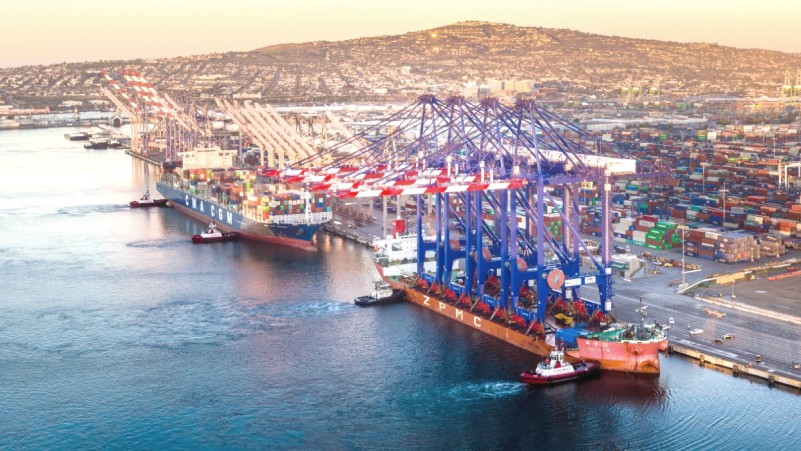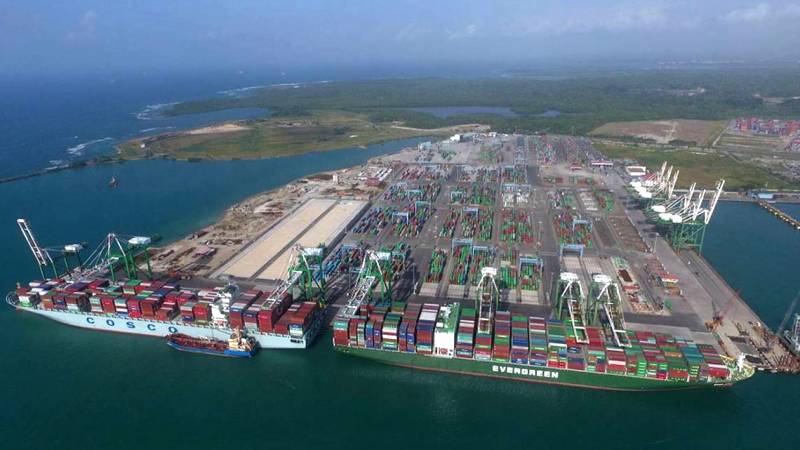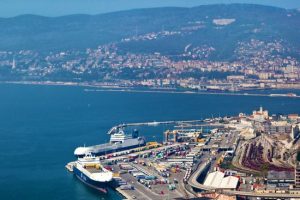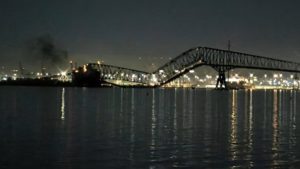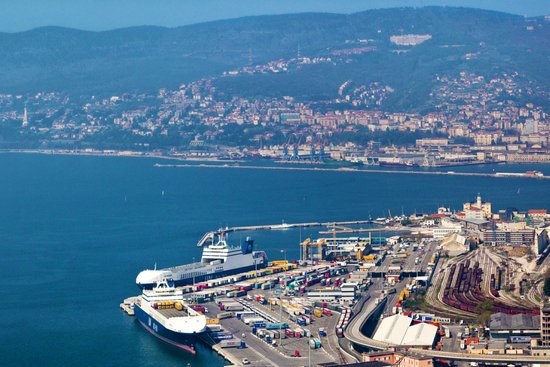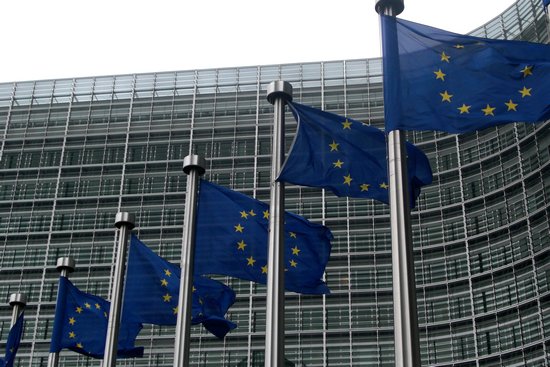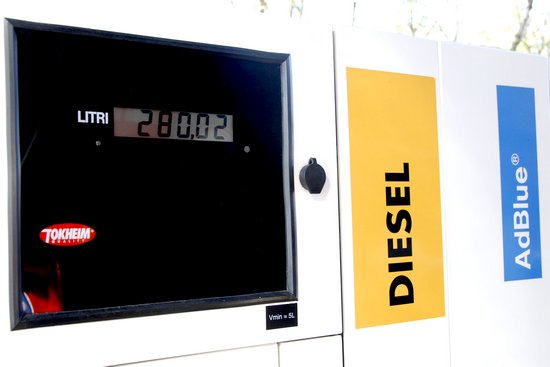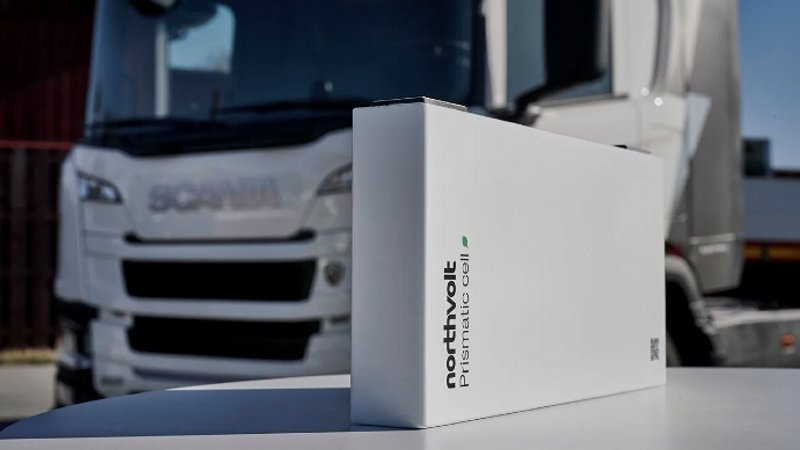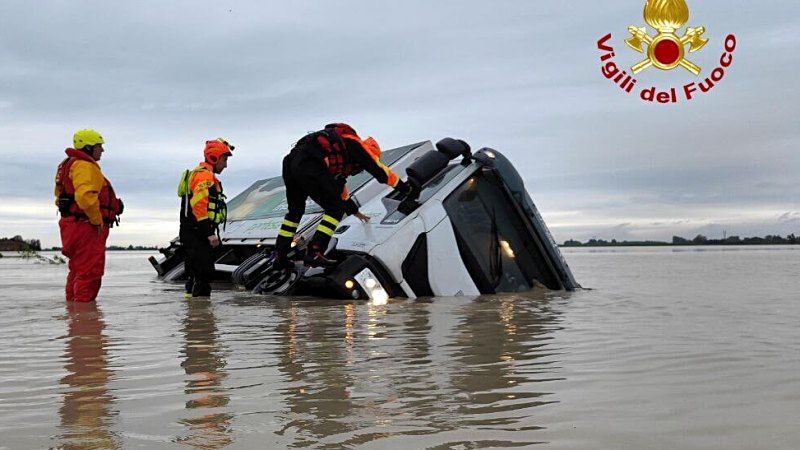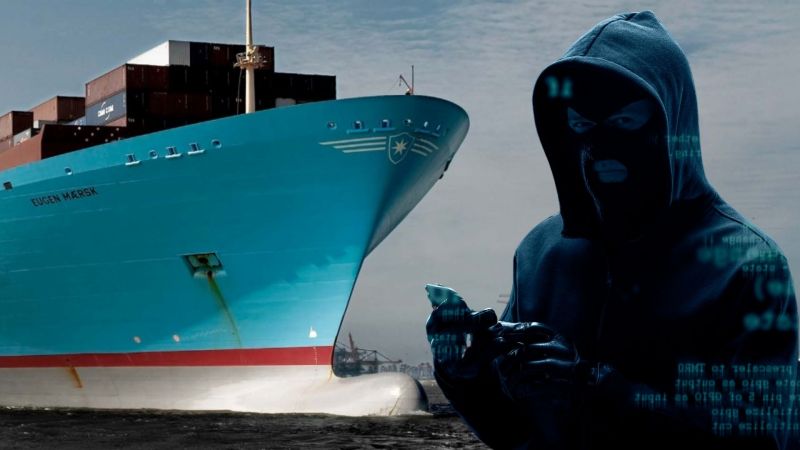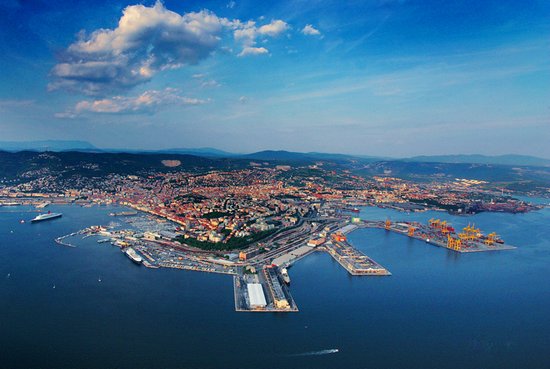The day following the destruction of the Francis Scott Key Bridge in Baltimore, due to the collision against its pylon by the container ship Dali, investigations are in full swing to determine the causes and responsibilities of the accident. A significant piece of evidence is a video, which, although from a distance, frontally shows the last minutes before the collision and indicates that the container ship experienced at least two electrical black-outs. This incident, which rendered the vessel uncontrollable, was reported by the crew to the Maryland Department of Transportation before the collision. This warning enabled the halting of vehicle traffic on the bridge, thus limiting the number of casualties. However, there wasn’t enough time to alert and evacuate a team of workers who were paving the road, and it is among them that the majority of casualties (some officially missing) are reported. To this day, there isn’t a definitive casualty report from the incident.
Thus, one avenue of investigation concerns malfunctions on the ship (while theories of sabotage or attack seem to be set aside). Investigators do not rule out a navigational error, but it is important to note that two Baltimore port pilots were operating on board, who are very familiar with those waters.
While investigations are still ongoing, there is already debate over who will bear the colossal damages caused by the accident: beyond the destruction of the bridge, there's damage to the ship and the containers it was carrying, and compensation for the victims. Moreover, there might also be a lawsuit over the traffic issues caused by the closure of Interstate I-695. Then there are damages to the Port of Baltimore, which is indefinitely blocked with some docked ships unable to depart and others that were supposed to dock being diverted to other ports along the U.S. Atlantic coast. For the bridge alone, the cost is estimated at 1.2 billion dollars, but it’s worth considering that it generates an annual income of about 53 million dollars, according to an article by The Wall Street Journal.
Analysts believe the incident will trigger a wave of compensation lawsuits that will initially hit the company insuring the ship (which could face all direct and indirect damage claims) and then reinsurance companies, with maritime insurers at the forefront. According to S&P Global, the container ship Dali (owned by Great Ocean Investment and managed by Synergy Marine, which leases it to Maersk) is believed to be insured by the Britannia Steam Ship Insurance Association, part of the Britannia P&I Club, which in turn is a member of the International Group of P&I Clubs. The latter is an association of twelve mutual P&I Clubs, aimed at insuring and pooling responsibilities in maritime transport.
S&P Global quotes Loretta Wolters, spokesperson of the Insurance Information Institute, who states that the major impact of the incident will be felt by the International Group of P&I Associations, led by Axa, which in turn has insurance coverage. Business Insider reports that the P&I Club's website states it directly compensates only the first ten million dollars, while the rest must be shared by the Club's members and the reinsurers.
A.M. Best, as cited by Business Insurance, notes that the insurance issues related to the Baltimore collapse concern various insurance lines, including property, cargo, liability, trade credit, and business interruption. Thus, the claim could involve various insurance and reinsurance companies, potentially exceeding the coverage limits set by the owners and operators of the container ship.
However, unraveling this issue could take years. Consider that the case of the container ship Ever Given, which got stuck in the Suez Canal in March 2021, blocking it for six days, is still open. In this case, compensation talks are around two billion dollars, but it will take years to settle the matter. As for Baltimore, the consequences of the incident on future costs and conditions of maritime insurance and reinsurance remain completely open, already under strain from ongoing conflicts, especially those in Ukraine and the Red Sea, with subsequent repercussions on transport freight rates.


